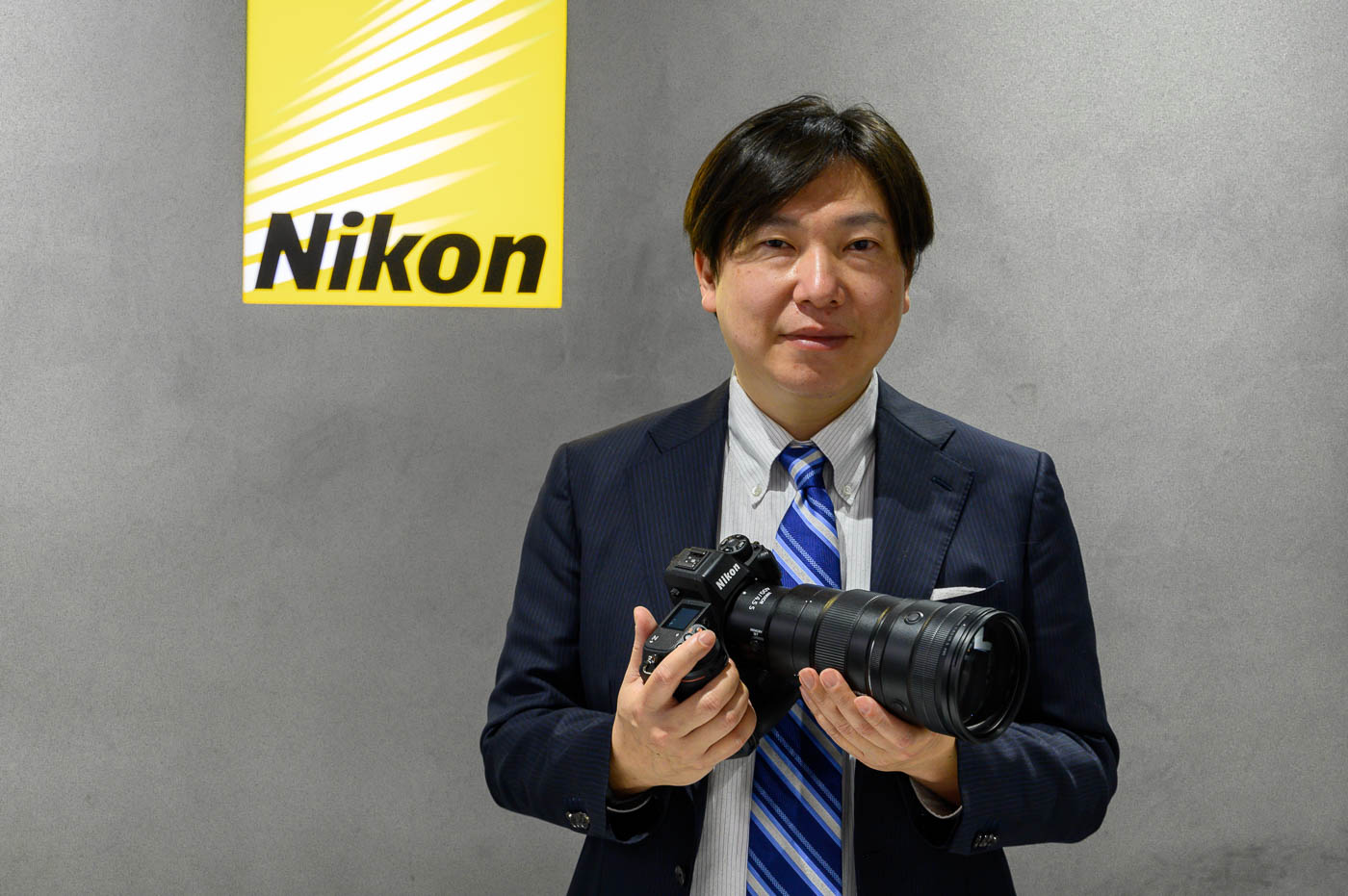This product is developed, manufactured and sold under the license agreement with Nikon Corporation.
Another Z mount licence like tamron or cosina; not reverse engineered like viltrox or ttartisan (or third party lenses on F mount).
Would you mind explaining a bit more about that? Thank you. Are the new Sigma lenses a new design, built for the Z mount (and the others, not)?
It's a shame they didn't port over the far more interesting 18-50 first; we already have analogues of those lenses from viltrox. Hopefully this doesn't end up like sigma lenses for EF-M (those three primes and nothing else)
The quoted text in my post is from sigma's press release - they're stating that the lenses are officially licensed by nikon, i.e. sigma is probably paying nikon some money in return for an explanation of how to make a lens talk Z properly (or just engineering drawings of the mount bayonet, depending on how nice nikon is feeling).
On the other hand the chinese manufacturers haven't made similar statements, which implies that they've worked out the Z mount communication the hard way (i.e. probing the contacts while a nikon lens is attached to a Z body to see what information is being sent).
Sigma's approach takes money and less engineering effort, and might result in a lens that performs better (especially with future firmware updates), but it might also come with restrictions on what lenses sigma can release (imposed by nikon). The exact wording of their agreement is private, so we're unlikely to get the last part officially confirmed or denied.



